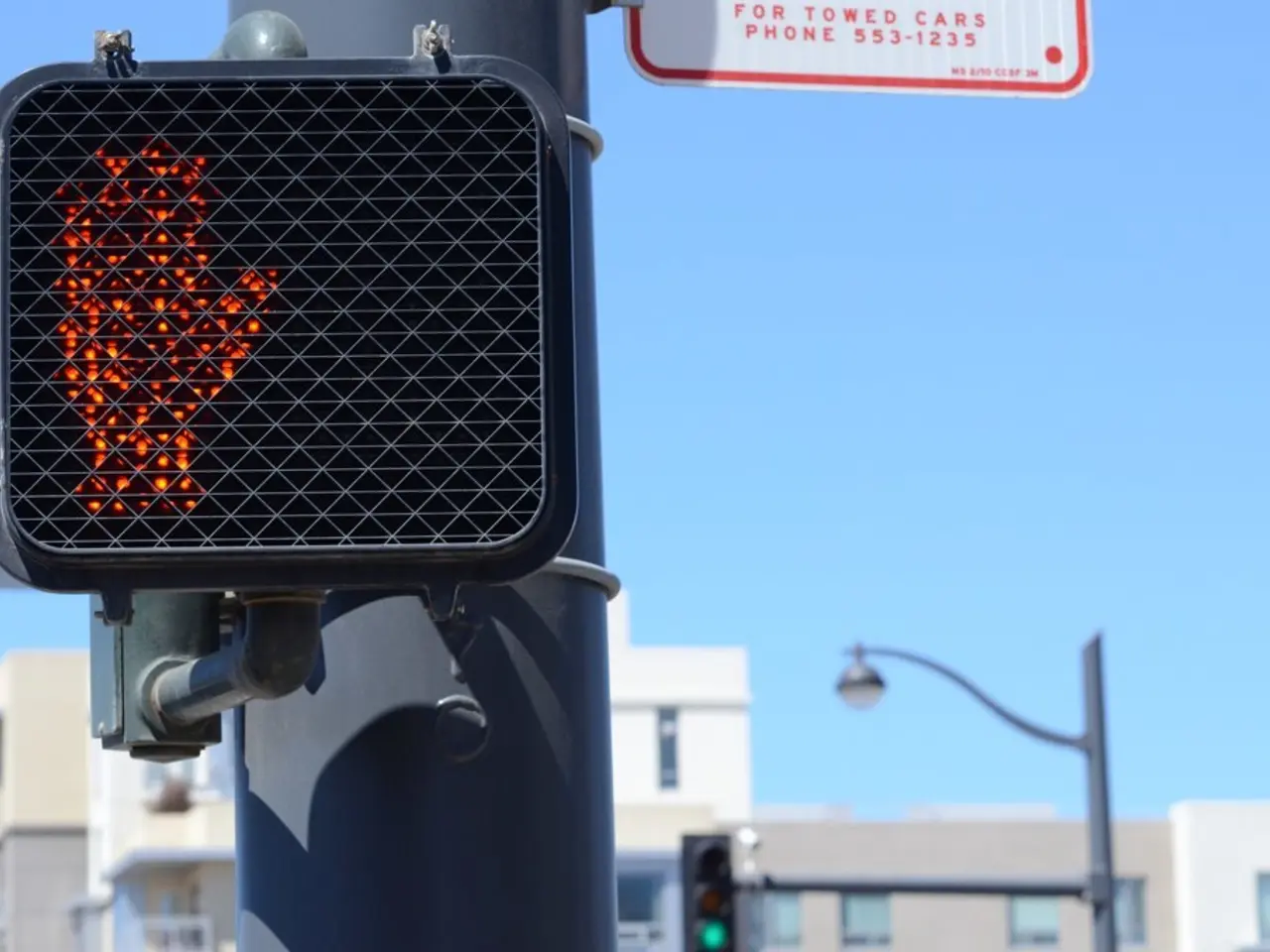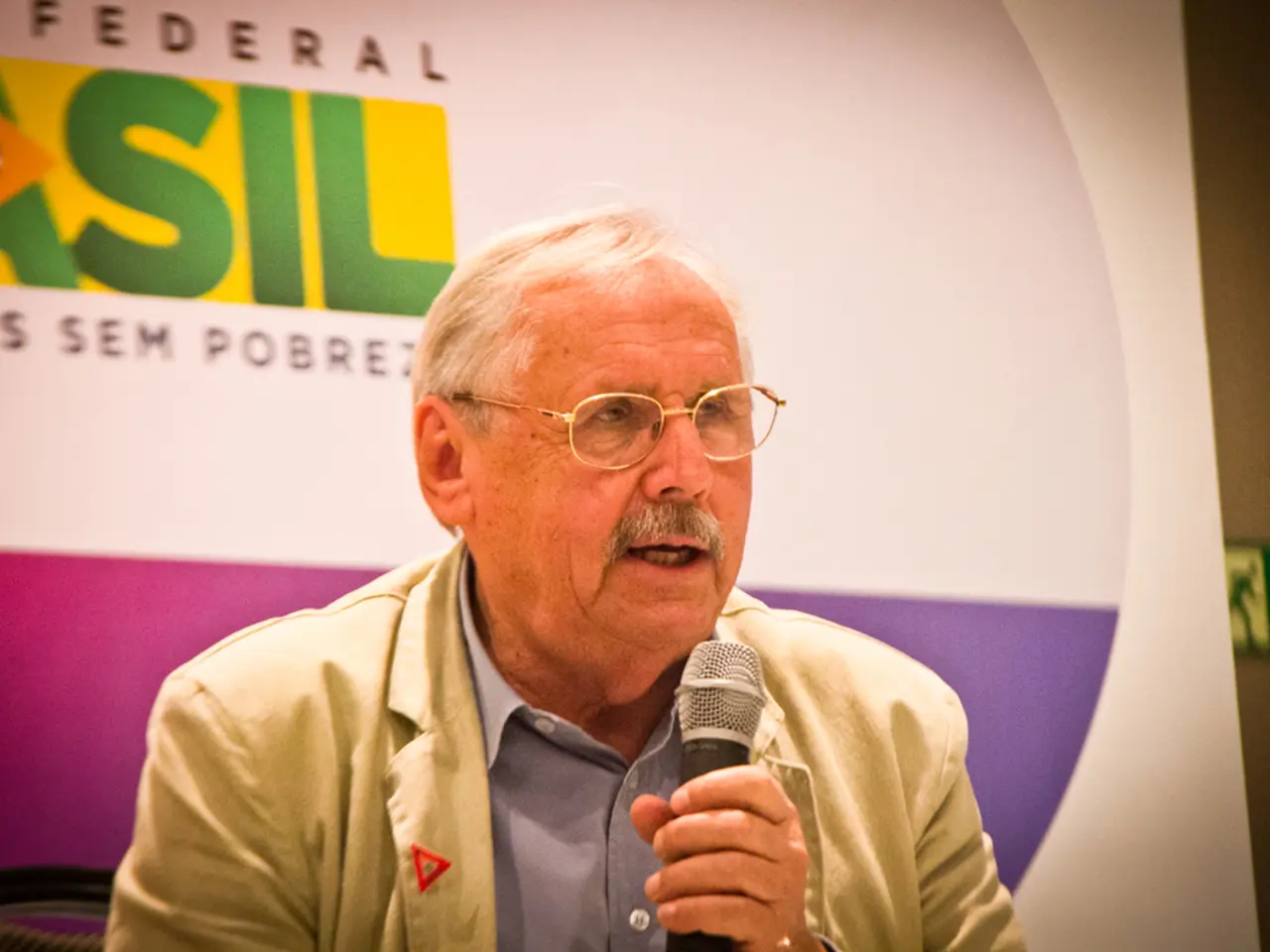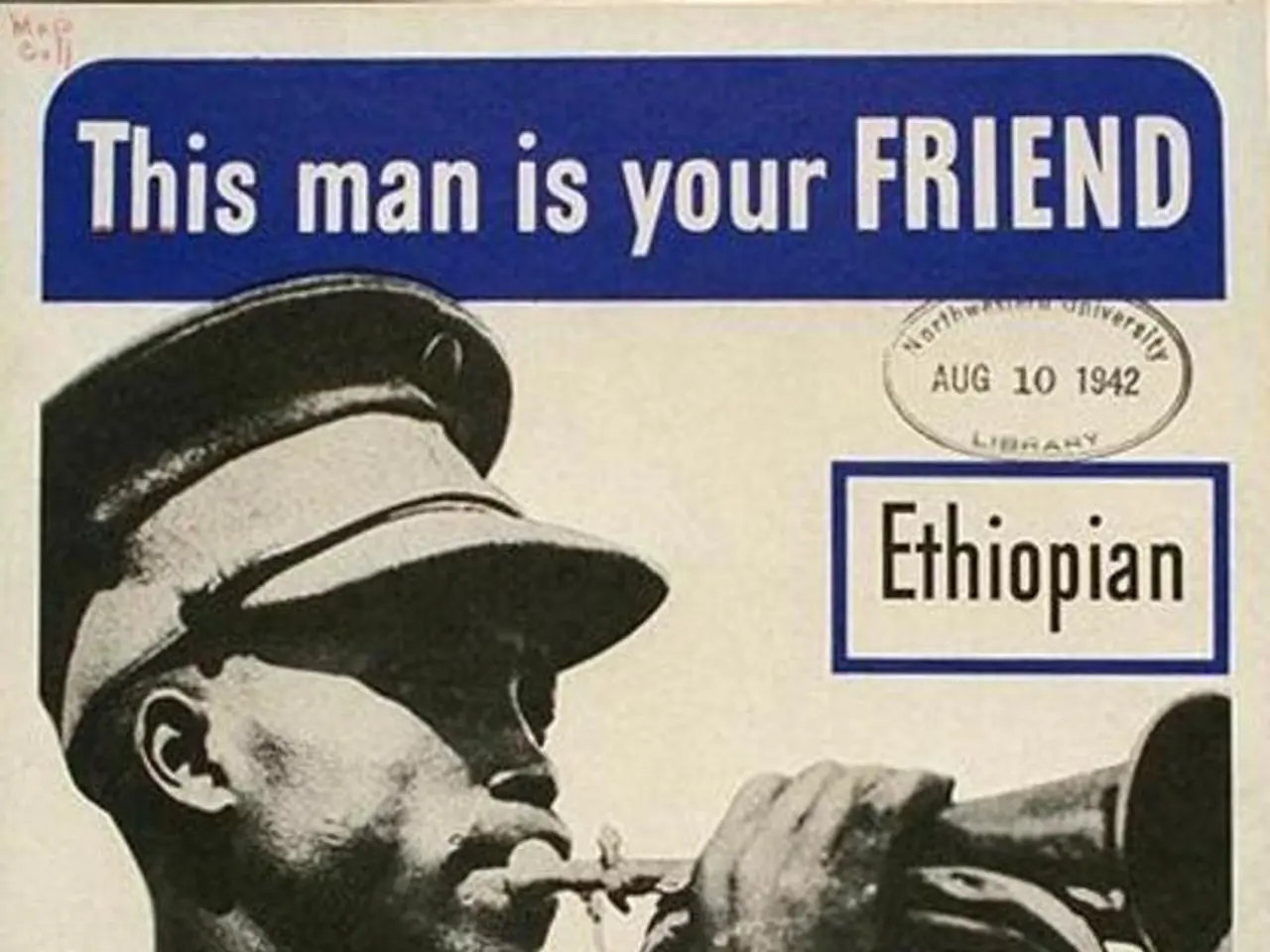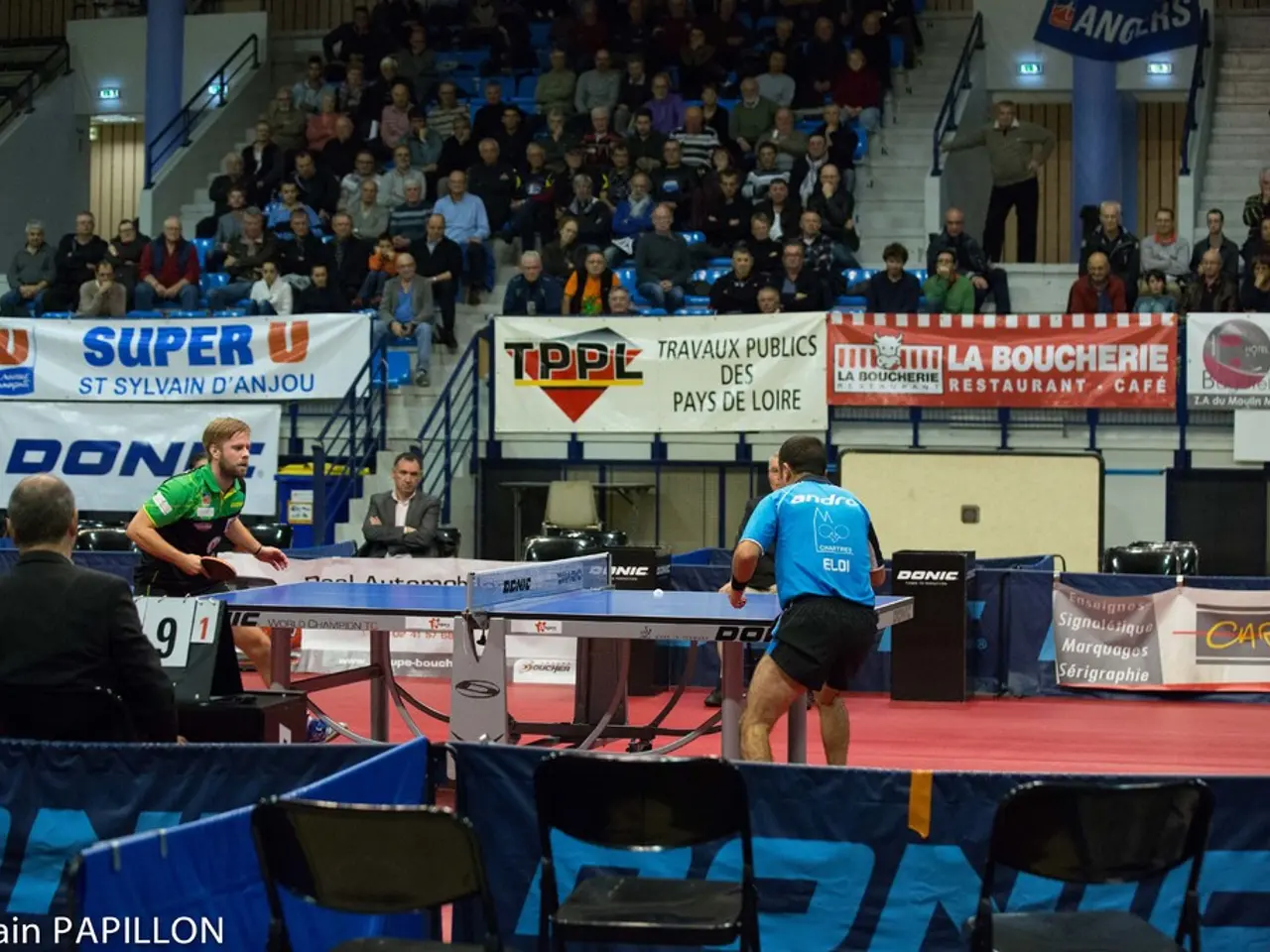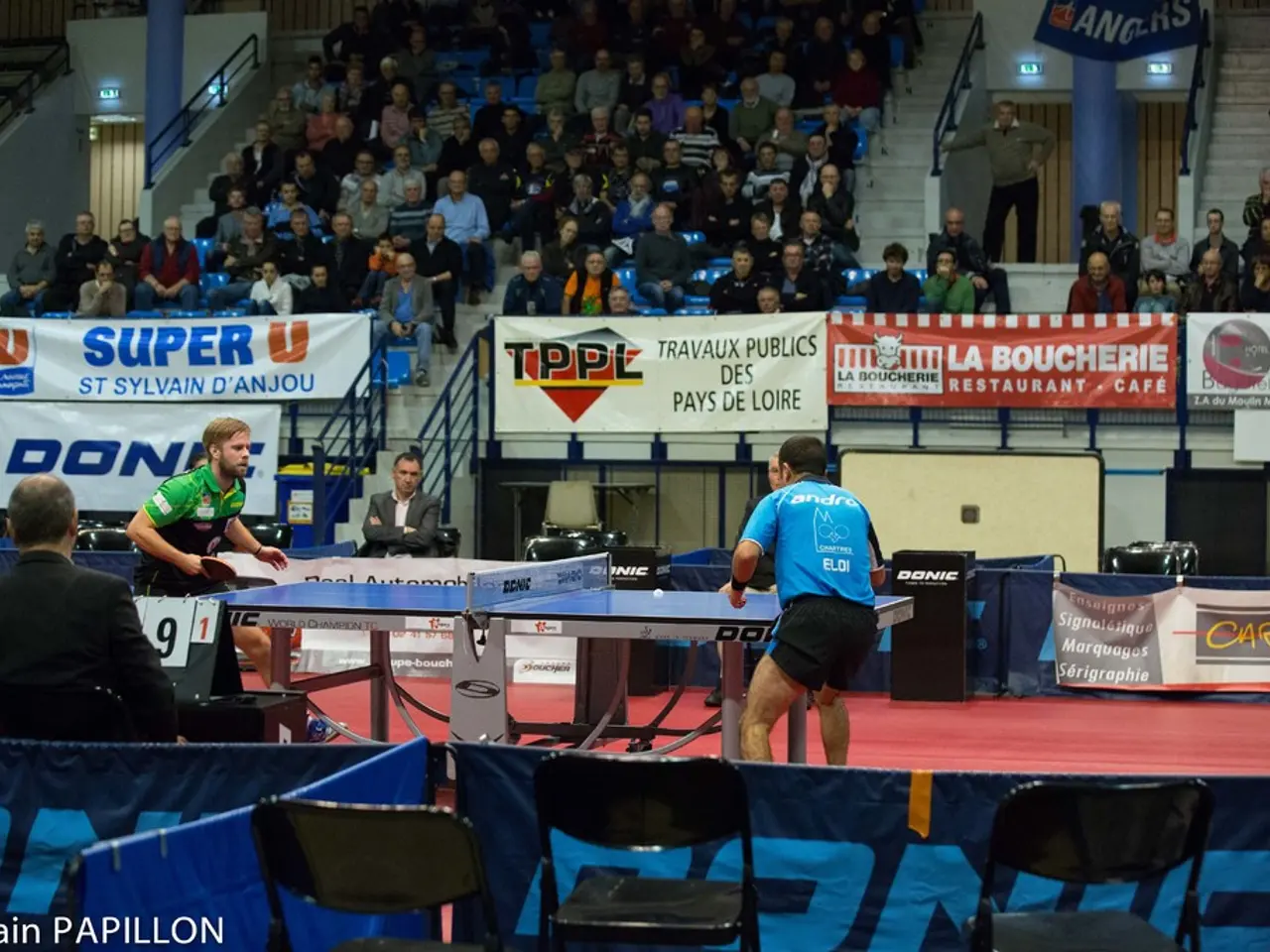Anticipated Increase in Traffic Congestion at Poland Border Checkpoints - Enhancements Made to Enhance Information Quality by the Commission
In a bid to curb irregular migration, Alexander Dobrindt, the Federal Interior Minister, ordered more intensive border controls between Germany and Poland in May. However, this decision has led to significant challenges, including traffic congestion and disruptions to cross-border daily life.
To address these issues effectively while maintaining necessary border control flexibility, several solutions are being considered.
1. Deployment of Advanced Digital and Automated Border Control Technology: The use of e-gates, automated license plate recognition, and biometric verification can speed up identity checks and reduce queues. Quick data sharing between German and Polish authorities could streamline processing at checkpoints, minimizing delays and congestion.
2. Dynamic and Flexible Staffing: Authorities could increase staffing levels during peak travel hours and scale them back during quieter periods, avoiding unnecessary bottlenecks. Mobile or temporary control lanes might be established and opened as needed, maintaining flexibility for fluctuating traffic volumes.
3. Pre-clearance and Online Processing: Introducing or expanding systems allowing travelers to pre-register or complete some border formalities online could reduce on-site processing time, particularly for frequent cross-border commuters and residents.
4. Coordination and Communication Between Germany and Poland: Harmonizing border control policies and procedures closely between the two countries would help to avoid duplication of checks and conflicting measures that exacerbate delays. Real-time traffic information sharing with travelers about congestion and alternative routes could improve flow and traveler experience.
5. Infrastructure Enhancements: Expanding lanes at major crossing points or creating separate lanes for different types of travelers (e.g., residents, commercial vehicles, tourists) can optimize traffic flow. Enhancing signage and border facilities to reduce confusion and streamline movement is also crucial.
6. Temporary Measures to Ease Holiday Season Impact: Considering temporary easing of controls for certain traveler categories during holiday peaks while maintaining strict controls for high-risk groups could balance security with convenience.
The reinstated controls, initially set for 30 days, reflect a politically sensitive balancing act between migration control and the Schengen principle of free movement. They have understandably led to increased traffic jams and inconvenience in the border region, affecting residents and travelers alike.
The German Police Union (GdP) fears increased traffic congestion during the holiday season due to these border controls. Brandenburg's Minister President Dietmar Woidke and Interior Minister René Wilke have proposed adding a third lane on the A12 to reduce traffic congestion. The Federal Ministry of the Interior is examining with the Federal Police a solution to reduce traffic disruptions due to German controls.
The GdP chairman for federal police and customs, Andreas Roßkopf, has called on the federal government to increase mobile controls and suggested concepts for flexible border control points with containers and drone technology. Roßkopf believes that the Federal Police should be developed into a modern border police.
Despite the challenges, the Federal Police is rejecting over 6,000 to 7,000 people per month, but the number of asylum and protection applications is in the lower to middle three-digit range. Roßkopf states that while this is not a large-scale issue, every non-acceptance means more work for the Federal Police.
Poland is accepting fewer migrants that Germany rejects at the border, according to Roßkopf's statements. However, Roßkopf expresses skepticism about the more intensive controls on the German side since May.
In summary, leveraging technology, flexible resource management, better bilateral coordination, and infrastructure improvements are key strategies to manage increased border control without causing undue disruption during high-traffic holiday periods between Germany and Poland.
- The debate surrounding the community policy and politics of border control between Germany and Poland has raised concerns not only about migration but also general-news issues such as traffic congestion and crime-and-justice disruptions.
- To mitigate these challenges and ensure the efficient management of employment policies in border regions during peak season, suggested solutions include the use of advanced digital technology, dynamic staffing, pre-clearance, communication between Germany and Poland, infrastructure enhancements, and temporary measures.
